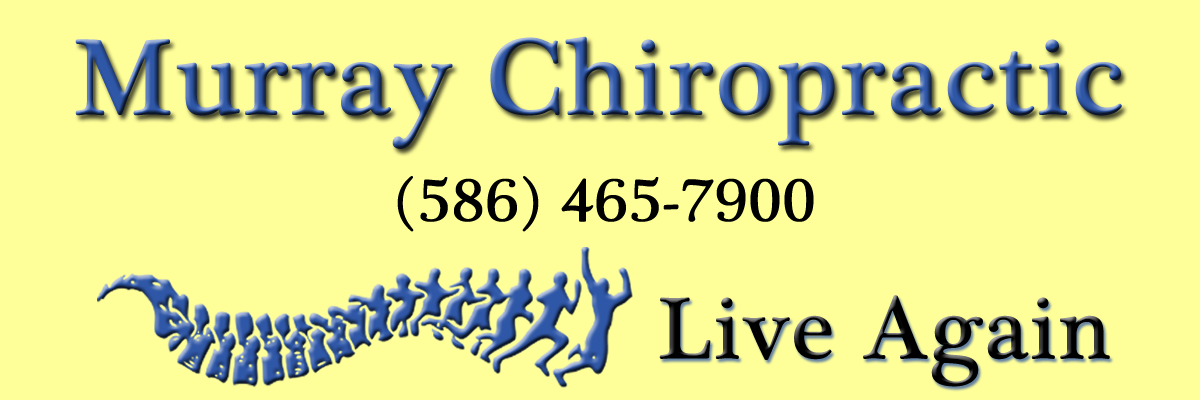References and Investigative Studies
https://nccih.nih.gov/health/pain/spinemanipulation.htm
Bronfort G, Haas M, Evans RL, et al. Efficacy of spinal manipulation and mobilization for low back pain and neck pain: a systematic review and best evidence synthesis. Spine Journal. 2004;4(3):335–356.
Acute LBP: There is moderate evidence that SMT provides more short-term pain relief than MOB and detuned diathermy, and limited evidence of faster recovery than a commonly used physical therapy treatment strategy. Chronic LBP: There is moderate evidence that SMT has an effect similar to an efficacious prescription nonsteroidal anti-inflammatory drug, SMT/MOB is effective in the short term when compared with placebo and general practitioner care, and in the long term compared to physical therapy. There is limited to moderate evidence that SMT is better than physical therapy and home back exercise in both the short and long term. There is limited evidence that SMT is superior to sham SMT in the short term and superior to chemonucleolysis for disc herniation in the short term. However, there is also limited evidence that MOB is inferior to back exercise after disc herniation surgery. Mix of acute and chronic LBP: SMT/MOB provides either similar or better pain outcomes in the short and long term when compared with placebo and with other treatments, such as McKenzie therapy, medical care, management by physical therapists, soft tissue treatment and back school. Acute NP: There are few studies, and the evidence is currently inconclusive. Chronic NP: There is moderate evidence that SMT/MOB is superior to general practitioner management for short-term pain reduction but that SMT offers at most similar pain relief to high-technology rehabilitative exercise in the short and long term. Mix of acute and chronic NP: The overall evidence is not clear. There is moderate evidence that MOB is superior to physical therapy and family physician care, and similar to SMT in both the short and long term. There is limited evidence that SMT, in both the short and long term, is inferior to physical therapy.
Our data synthesis suggests that recommendations can be made with some confidence regarding the use of SMT and/or MOB as a viable option for the treatment of both low back pain and NP. There have been few high-quality trials distinguishing between acute and chronic patients, and most are limited to shorter-term follow-up. Future trials should examine well-defined subgroups of patients, further address the value of SMT and MOB for acute patients, establish optimal number of treatment visits and consider the cost-effectiveness of care.
Ferreira ML, Ferreira PH, Latimer J, et al. Efficacy of spinal manipulative therapy for low back pain of less than 3 months’ duration. Journal of Manipulative and Physiological Therapeutics. 2003;26(9):593–601.
To review the efficacy of spinal manipulation for low back pain of less than 3 months duration. Data sources Randomized clinical trials on spinal manipulative therapy for low back pain were identified by searching EMBASE, CINAHL, MEDLINE, and the Physiotherapy Evidence Database (PEDro). Study selection Outcome measures of interest were pain, return to work, adverse events, disability, quality of life, and patient satisfaction with therapy. Data extraction Methodological assessment of the trials was performed using the PEDro scale. Trials were grouped according to the type of intervention, outcome measures, and follow-up time. Where there were multiple studies with sufficient homogeneity of interventions, subjects, and outcomes, the results were analyzed in a meta-analysis using a random effects model. Data synthesis Thirty-four papers (27 trials) met the inclusion criteria. Three small studies showed spinal manipulative therapy produces better outcomes than placebo therapy or no treatment for nonspecific low back pain of less than 3 months duration. The effects are, however, small. The findings of individual studies suggest that spinal manipulative therapy also seems to be more effective than massage and short wave therapy. It is not clear if spinal manipulative therapy is more effective than exercise, usual physiotherapy, or medical care in the first 4 weeks of treatment.
Spinal manipulative therapy produces slightly better outcomes than placebo therapy, no treatment, massage, and short wave therapy for nonspecific low back pain of less than 3 months duration. Spinal manipulative therapy, exercise, usual physiotherapy, and medical care appear to produce similar outcomes in the first 4 weeks of treatment.

